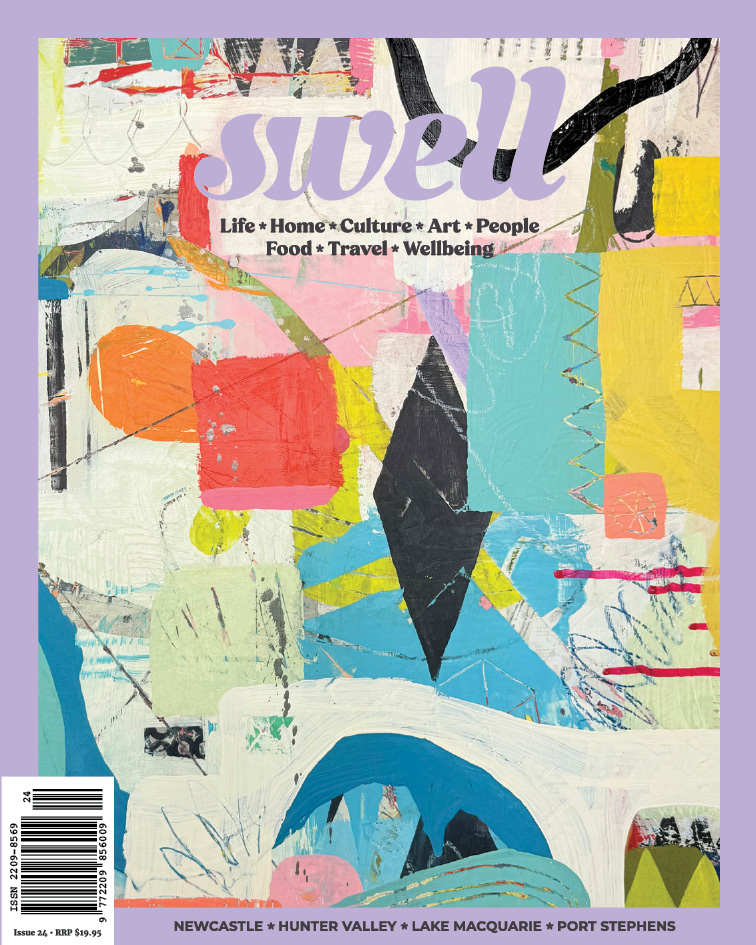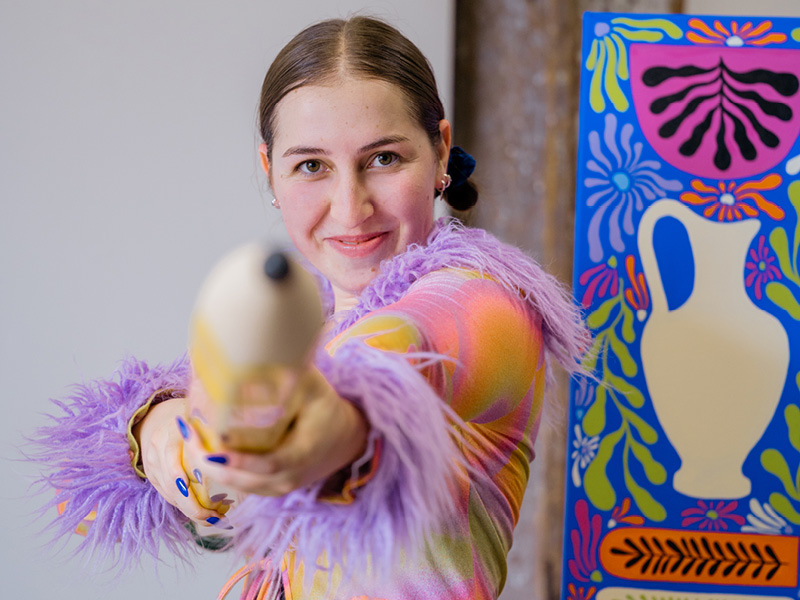There’s been a vibe shift recently: we’ve ditched hustle culture and embraced idea that not every minute of every day must be productive. What a sweet relief that is, because most of us are tired from always being switched on.
Slow living feels like the right antidote to a busy life full of work, 5am starts and a constant stream of self-help podcasts. But what if you don’t want to throw away your smartphone, run off to the countryside and start churning your own butter? Is slow living out of reach for you?
Perhaps there’s a middle ground – one where you slow down but still live and work in the city and have a Netflix account. You see, slow living is whatever you want it to be – and that means you don’t have to live a picture-perfect homesteading existence to give it a crack.
The point isn’t to run away and start all over again, but rather to create more space in the life you already have. With that extra time, you can focus on the little things that bring moments of joy to each day. You know what saves me lots of time so I can do soul-enriching things like going for walks and reading novels? My air fryer. You probably won’t see many air fryers, laptops and smartphones if you search #slowliving on social media, but that doesn’t mean they can’t be part of a slower, more intentional lifestyle.
Collectively, we’ve subscribed to the belief that tech was invented to help busy people do even more with their days. But it can also do the opposite and help you be less busy. So, if slow living appeals to you, don’t think you have to quit your job and start living in a van. Stay where you are and start using tech to automate the energy-draining parts of your life instead. Here are some ideas of how to get started.
Give some of your mental load to AI
Making nourishing food is a big part of slow living, but do you really need to spend a few hours meal planning and grocery shopping on the weekend? Tell AI some of your favourite dishes and how much time you have to cook, and it’ll churn out a custom weekly meal plan in minutes, come up with four different meal plans to cover you for the month, save an online grocery list for each one and then cycle through those each week. With the planning on autopilot, there’s more time for the best bits of food. Maybe you could try growing your own herbs, cook a few more meals from scratch
or hang out at a wholesome farmers market. You can also get AI devising all sorts of other things for you too, like exercise routines or gift ideas for that work secret Santa.
Send voicenotes to friends
If you’re a luddite millennial like me, you might be late to voice notes (if you’re all over this, skip ahead you clever-cookie). Since my friends and family are spread all over the country, I find that sending messages is a huge part of each day. I read them, think of a reply and type it, only for a reply to come back and I must start the process all over again. Embracing voice notes has been the best because they’re faster and more like a real conversation. So, I feel more connected to my friends by staying in touch more, plus I’m saving bucket-loads of time. Send a couple of voice notes each day – even just to say ‘I’m thinking of you’ – and I can guarantee you’ll find it easier to stay on top of your inbox.
If an appliance is programmed to be ‘smart,’ then it is probably better at its job than I am. A robot vacuum won’t lazily miss parts of the floors like I do. An air fryer won’t burn things, and my smartphone carries the mental load of reminding me when things are booked into the calendar.
Own all the ‘smart’ things
If an appliance is programmed to be ‘smart,’ then it is probably better at its job than I am. A robot vacuum won’t lazily miss parts of the floors like I do. An air fryer won’t burn things, and my smartphone carries the mental load of reminding me when things are booked into the calendar. All these gadgets help me conserve time and energy. Slow living isn’t hanging out freshly laundered white linens in green pastures – sometimes it’s about throwing a load of washing in the dryer, so you’ve time to walk the dog and catch the sunset instead.
Subscribe to your favourite products
Does this scenario sound familiar? You pick up your phone to order your favourite coffee beans, only to end up checking the news headlines, respond to an email and scroll social media. After half an hour, you come up for air and can’t remember what you opened your phone for in the first place. One way to spend less time online is to subscribe to everything from pet food to cleaning products, wine and loo paper. This does two things: it reduces your mental load and means you don’t need to spend as much time on your phone ordering the bits and bobs that make your life tick.
Start a digital to-do list
This is another one about reducing your mental load (because even if your days aren’t jam-packed, you can feel exhausted if your mental load isn’t kept in check). Find an app that will manage your to-do list for you. Tools like Notion and Google Tasks can remind you to do tasks like take the cat for its annual vet check-up, which frees up your brain space for nicer things, like dreaming up where you’ll go for a picnic on the weekend.
Automate ‘nice’ moments
Picture this, you wake up to a chill playlist and the sun filtering into your bedroom. This is a much more peaceful start to the day than banging an alarm or rolling over to check emails first thing. If you can program nice moments into each day, like using music or smart blinds to help you wake more naturally, you can build more micro moments of connectedness into your day. Sure, smart blinds are a bit pricey, but you get the point – look for ways that apps and gadgets can bring little moments of delight to your day.
By thinking of ways to automate your life, you can do less and reduce the number of times you need to reach for your phone each day. This lets your brain rest, so you can be more present for the truly good stuff in life, like family, food, community and hobbies. Because when you look back on your life, that’s the stuff you’ll remember (not standing in line at the supermarket or scrolling endlessly).
Our bodies and minds need naps and walks and ocean swims and cuddles in the sun with our kids. The world might feel busy, sad, and chaotic – but in your corner of the world, there can be time to appreciate the little things that make you feel truly alive.
Header Photo by Nikita Katsevich on Unsplash







